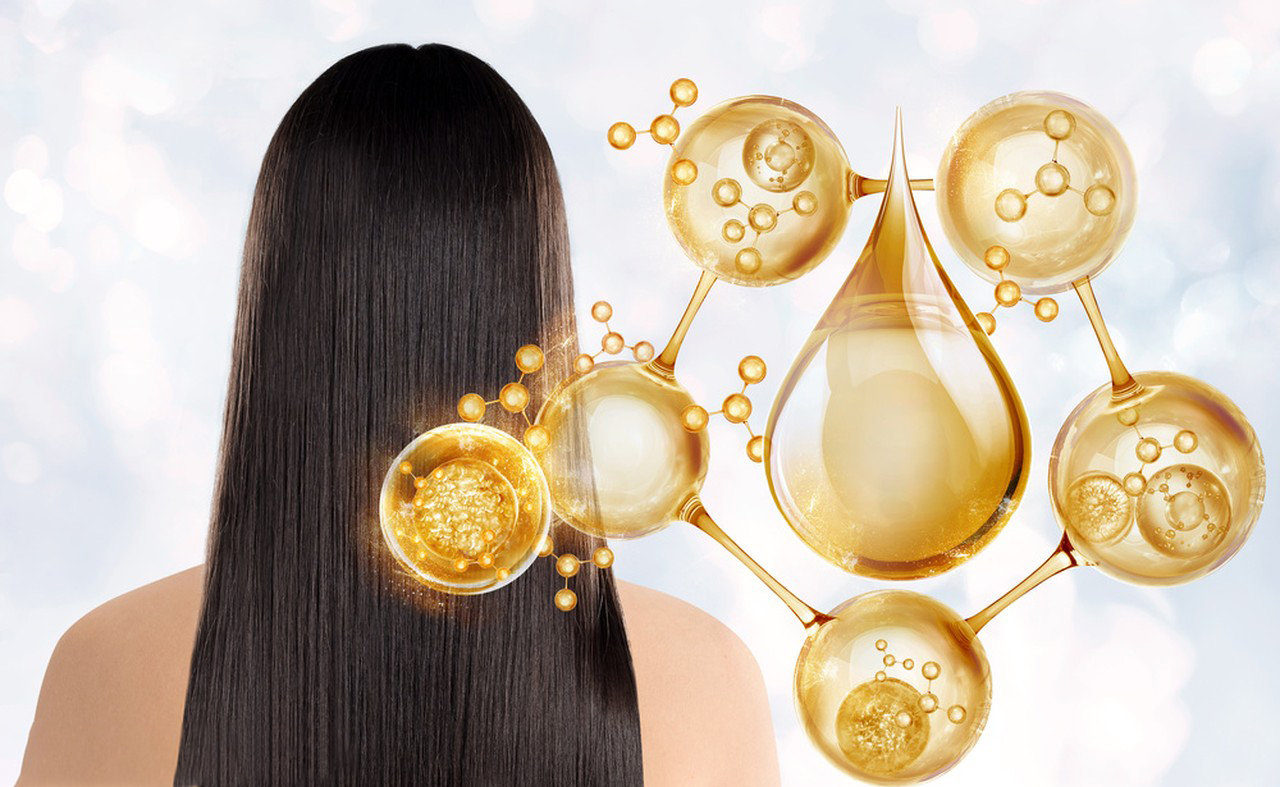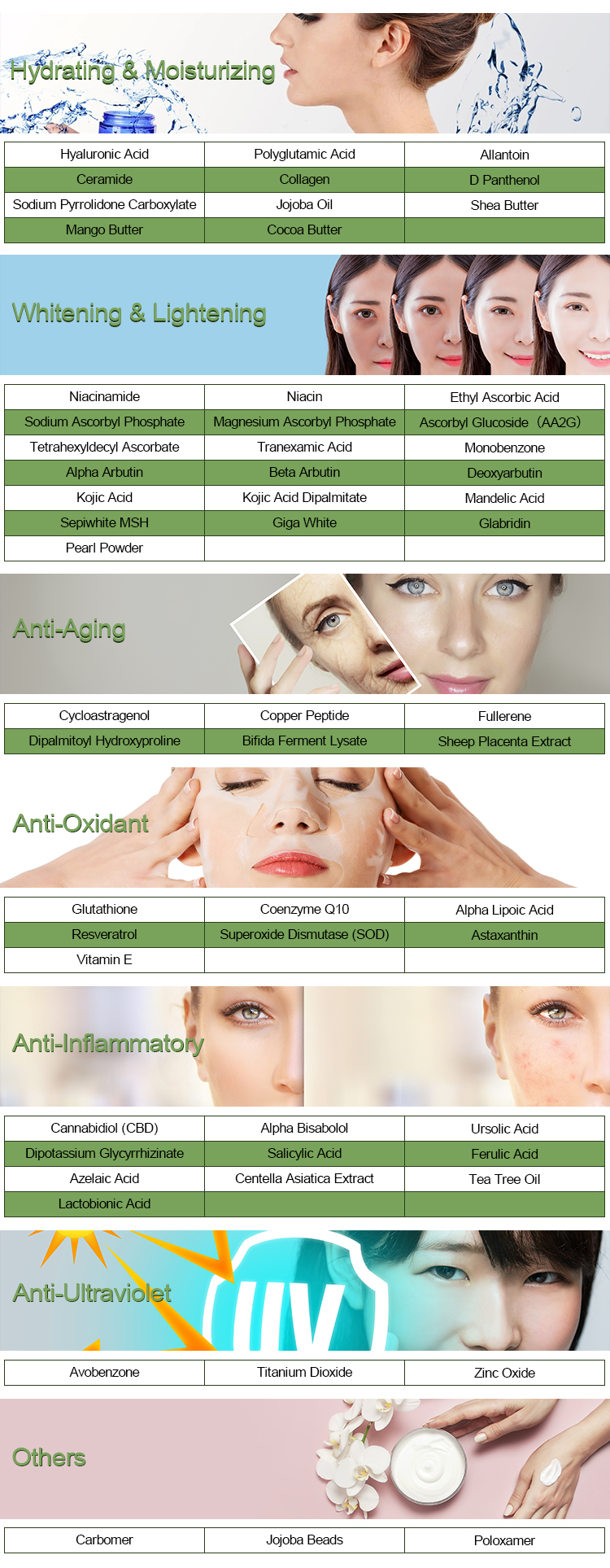Ceramide and Sphingosine are both lipid molecules involved in the sphingolipid metabolism pathway, and they share a close biochemical relationship.
Ceramide:
Ceramide is a central molecule in the sphingolipid family. It consists of a sphingoid base (a long-chain amino alcohol) called sphingosine, attached to a fatty acid via an amide bond. This structure makes ceramide a key component of the cell membrane and plays important roles in cell signaling, apoptosis (programmed cell death), and maintaining membrane structure.
Sphingosine:
Sphingosine is a type of sphingoid base, a long-chain amino alcohol with an unsaturated hydrocarbon tail. Sphingosine can be derived from ceramide by the action of ceramidase, an enzyme that hydrolyzes ceramide to release sphingosine and a fatty acid. Sphingosine, in turn, can be phosphorylated by sphingosine kinase to form sphingosine-1-phosphate (S1P), which has important roles in regulating cell growth, survival, and migration.

Key Points of Relationship:
Ceramide → Sphingosine: Ceramide can be broken down into sphingosine by ceramidase enzymes.
Sphingosine → Ceramide: Sphingosine can be synthesized into ceramide by ceramide synthases, which attach a fatty acid to the sphingosine backbone.
Sphingosine-1-Phosphate (S1P): Sphingosine, when phosphorylated by sphingosine kinase, becomes sphingosine-1-phosphate (S1P), a molecule with signaling functions that regulate immune responses, vascular function, and cell survival.
Thus, ceramide and sphingosine are interconnected in lipid metabolism, with ceramide serving as both a precursor and a signaling molecule, and sphingosine acting as a mediator in various cellular processes.
Ceramide-rich foods
Ceramide is a type of lipid (fat molecule) found in the outer layer of your skin and in various foods. They play an important role in maintaining skin hydration, forming a protective barrier, and supporting overall skin health. While ceramide is primarily produced by your body, certain foods can help promote their natural production or provide them directly.

Here are some ceramide-rich foods you can include in your diet:
1. Wheat Germ
Wheat germ is one of the most significant food sources of ceramides. It’s rich in essential fatty acids and vitamin E, which support skin health and barrier function.
2. Sweet Potatoes
Sweet potatoes contain compounds that support ceramide production in the body. They are rich in antioxidants, including beta-carotene, which also benefits skin health.
3. Soy Products
Foods like tofu, tempeh, and soybeans contain sphingolipids, including ceramides, which help promote skin hydration and barrier function.
4. Rice Bran
Rice bran contains a variety of healthy fats and ceramides. It’s a commonly used ingredient in skincare products due to its beneficial effects on the skin’s moisture balance.
5. Dairy Products
Milk and other dairy products like cheese contain ceramides, along with other healthy fats and proteins that can support skin health.
6. Corn
Corn and its oil have been shown to contain ceramides and other phytochemicals that can help improve skin hydration.
7. Eggs
Eggs, particularly the yolks, are rich in fats and contain ceramides. They also provide other essential nutrients for skin health, such as vitamin D and biotin.
8. Spinach
Spinach and other dark leafy greens provide important antioxidants and vitamins that can support skin hydration, including ceramide-promoting nutrients.

9. Fish
Fatty fish like salmon and mackerel are rich in omega-3 fatty acids, which help support ceramide production and maintain skin health.
10. Avocados
Avocados are high in healthy fats, including ceramide-like compounds, and help promote a healthy skin barrier.
In addition to eating ceramide-rich foods, keeping your skin hydrated and maintaining a balanced diet rich in healthy fats, vitamins, and antioxidants can help improve your skin’s appearance and function over time.
